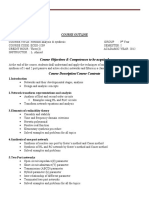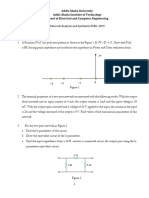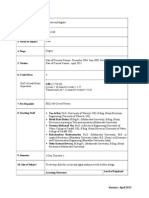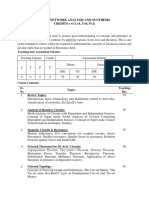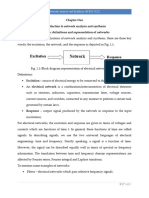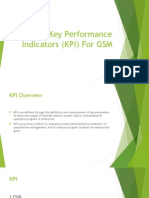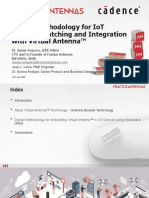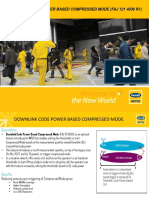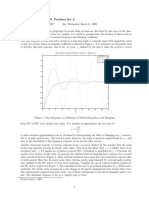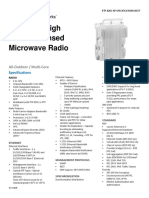0% found this document useful (0 votes)
63 views2 pages(Course Outline) Network Analysis and Synthesis
The document outlines the course ECEG-3209, Network Analysis and Synthesis, offered at Addis Ababa University, focusing on modeling, analysis, design, and synthesis of electric networks and filters. It includes course objectives, content, prerequisites, teaching methods, and assessment criteria. The course is compulsory for Electrical Engineering students and covers both classical and modern techniques in network analysis and filter design.
Uploaded by
halefomabrha31Copyright
© © All Rights Reserved
We take content rights seriously. If you suspect this is your content, claim it here.
Available Formats
Download as PDF, TXT or read online on Scribd
0% found this document useful (0 votes)
63 views2 pages(Course Outline) Network Analysis and Synthesis
The document outlines the course ECEG-3209, Network Analysis and Synthesis, offered at Addis Ababa University, focusing on modeling, analysis, design, and synthesis of electric networks and filters. It includes course objectives, content, prerequisites, teaching methods, and assessment criteria. The course is compulsory for Electrical Engineering students and covers both classical and modern techniques in network analysis and filter design.
Uploaded by
halefomabrha31Copyright
© © All Rights Reserved
We take content rights seriously. If you suspect this is your content, claim it here.
Available Formats
Download as PDF, TXT or read online on Scribd
/ 2










